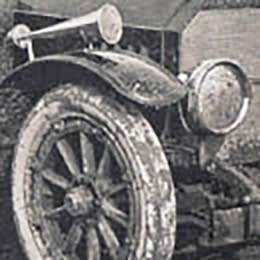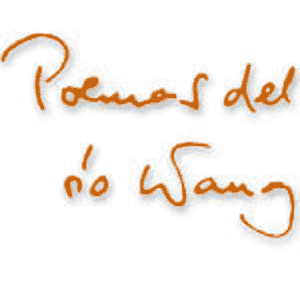
 The stones of Galicia also bear the marks of human history, like the Pedra da Serpe – Snake Stone – in Corme. Above the granite preserving the memory of an ancient cult of the snake a Christian cross was placed. As far as we know, the relief with the snake was carved in the Roman period or even in the Middle Ages, and a number of similar carvings are found all along the northern Atlantic coast of the Iberian Peninsula, the most abstract ones from the megalithic era. The legend in Galician language on the above picture reads: “Legend has it that San Adrián, patron of the parish cleaned this land from a plague of snakes by stamping his foot, upon which they all disappeared under this stone. They say that in the sand of the coast near to the Ermita you can still see the stumps of trees once belonging to the ancient and rich town of Valverde, which was burned down by the Romans to ward off the snakes.” The cross is relatively modern, as the former one was destroyed by time. The snake engraved on the rock is a winged one, an unusual feature in Western iconography.
The stones of Galicia also bear the marks of human history, like the Pedra da Serpe – Snake Stone – in Corme. Above the granite preserving the memory of an ancient cult of the snake a Christian cross was placed. As far as we know, the relief with the snake was carved in the Roman period or even in the Middle Ages, and a number of similar carvings are found all along the northern Atlantic coast of the Iberian Peninsula, the most abstract ones from the megalithic era. The legend in Galician language on the above picture reads: “Legend has it that San Adrián, patron of the parish cleaned this land from a plague of snakes by stamping his foot, upon which they all disappeared under this stone. They say that in the sand of the coast near to the Ermita you can still see the stumps of trees once belonging to the ancient and rich town of Valverde, which was burned down by the Romans to ward off the snakes.” The cross is relatively modern, as the former one was destroyed by time. The snake engraved on the rock is a winged one, an unusual feature in Western iconography. Yesterday we made a short walk on the roofs of the cathedral of Santiago de Compostela. It was raining incessantly, and a strong wind was blowing while it started getting dark.
Yesterday we made a short walk on the roofs of the cathedral of Santiago de Compostela. It was raining incessantly, and a strong wind was blowing while it started getting dark.











 In this small room, formerly located on the main square, pilgrims used to burn their clothes
In this small room, formerly located on the main square, pilgrims used to burn their clothesin which they had come to Compostela, thus shedding their old life and purified
of their sins to face a new life. It is not known why this crematorium
was taken on the roof of the cathedral while the other ones
were left below, on their original place.
 Yes, this is in fact what it looks like. A show of apotropaic humor along
Yes, this is in fact what it looks like. A show of apotropaic humor along the roofs of the cathedral which from time to time cheered up
the Medieval stonemasons and sculptors.
Finis Terrae
 The botafumeiro – incense-burner – prepared for the incensation at the end of the Mass.
The botafumeiro – incense-burner – prepared for the incensation at the end of the Mass.The proportions of the church make it seem much smaller than it really is.
A private votive incensation with it costs 300 euros.
























































































Add comment